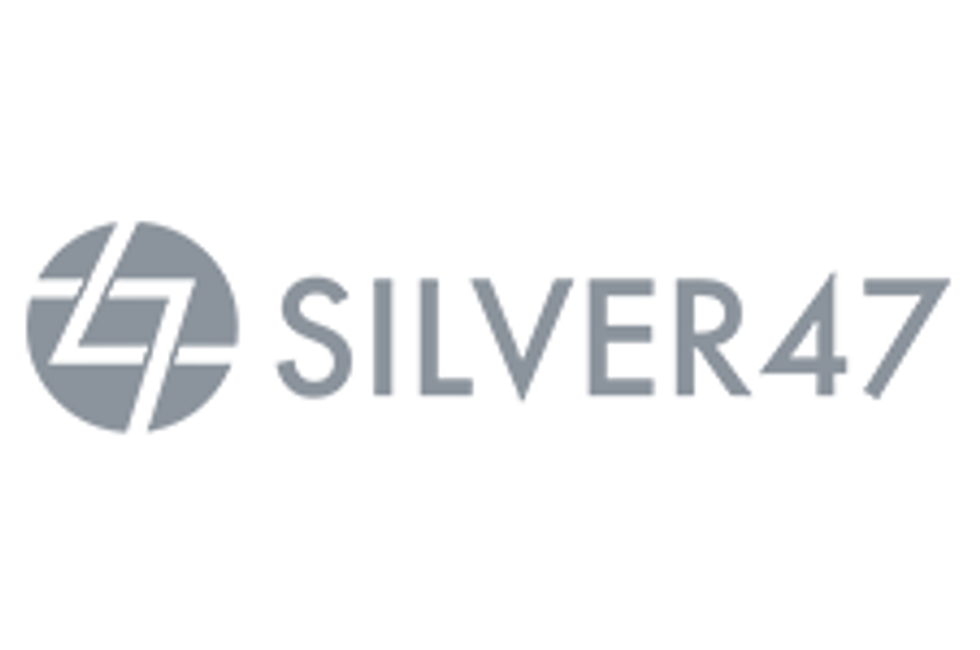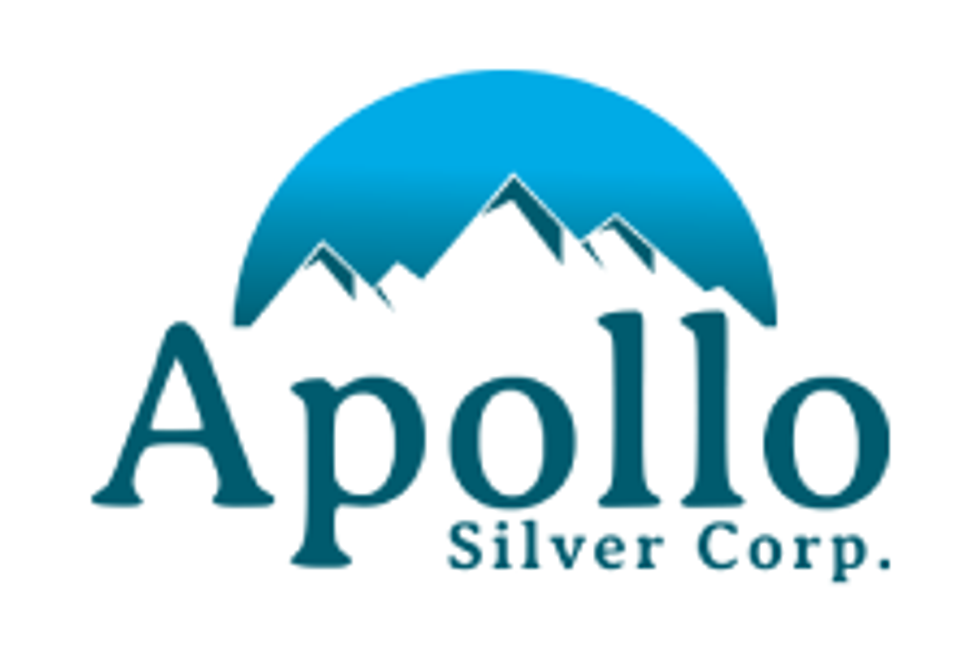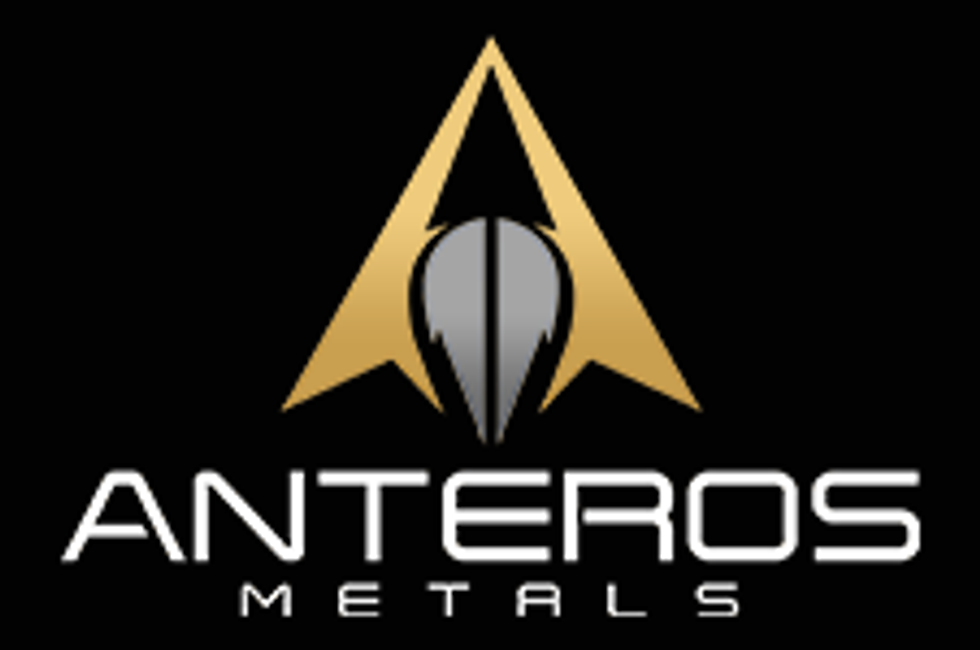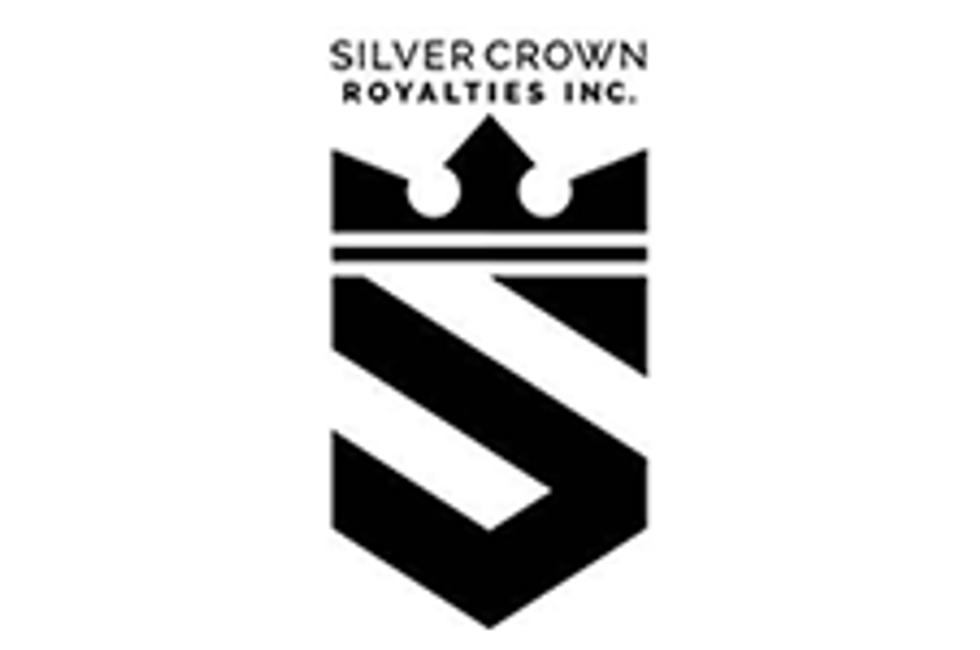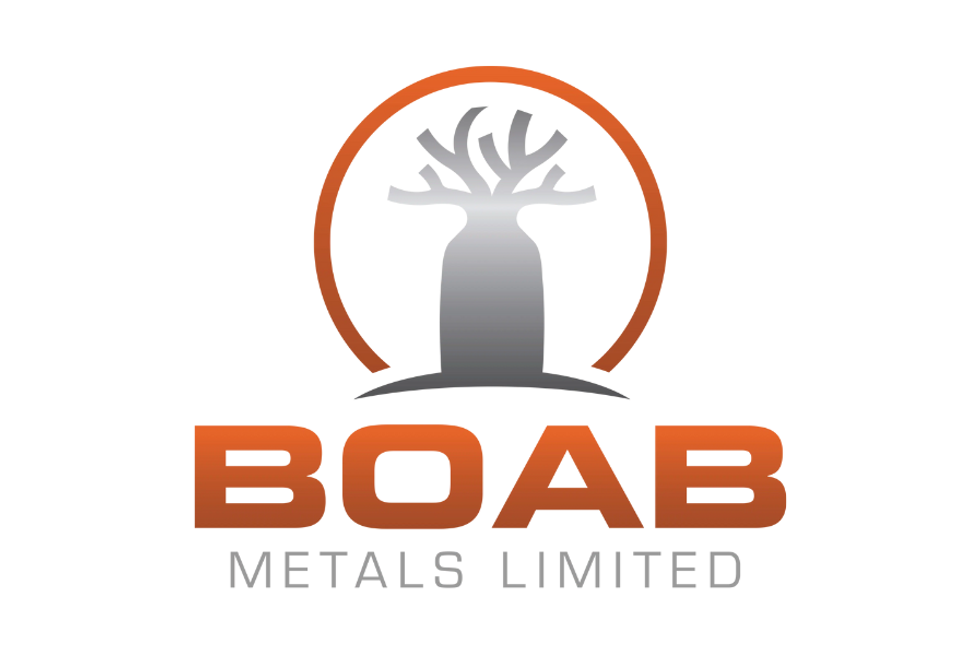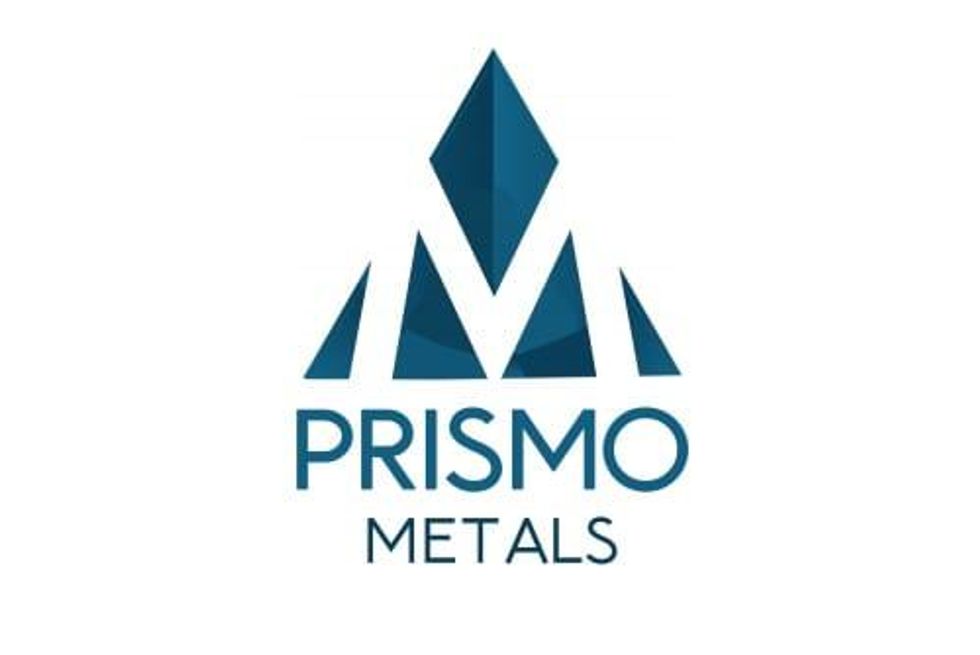Industrial demand for silver is seen as a strong fundamental that will provide support for silver prices over the long term.
By Michelle Smith–Exclusive to Silver Investing News
Investment demand for silver tends to attract the most spotlight because it can create extreme price volatility. Meanwhile, fabrication demand tends to receive less consideration though it is playing an increasingly important role in supporting the silver market. This is especially true with regards to industrial usage. While investment demand is subject to the whims of human behavior, the outlook for industrial demand is considered to be securely positive over the long term.
A report released by the Silver Institute forecasted that industrial fabrication would increase by 37 percent between 2010 and 2015, meaning a potential increase from approximately 488 million ounces (m/oz) to 666 m/oz.
Fabrication of silver often brings to mind coins, jewelry, and cutlery. The masses, including silver investors, probably do not realize how widespread the use of silver really is.
Industrial uses of silver
In 2010, industrial demand for silver increased nearly 21 percent. This continues to be a positive fundamental because there are both established and emerging applications for the metal. Electrical and electronic applications compose the largest segment.
In comparison to other metals, silver is the best electrical and thermal conductor. It is used to make items such as contacts, circuit breakers, switches, fuses, and is therefore found in motors, appliances, electronics, and automobiles.
The photovoltaic (PV) industry is heavily reliant on the metal to produce solar panels, which has proved to be a fast growing application. The metal has seen strong demand from brazing and soldering sectors and is commonly used as a catalyst to produce chemicals such as ethylene oxide. Due to its excellent reflective properties, silver is also used for mirrors, coatings and reflective surfaces.
Then, there is an array of industrial applications for which silver usage is either growing or has strong growth potential. This includes batteries, radio frequency identification tags, and water purification systems. Given the antiseptic and antibacterial properties of the metal, it is currently used for medical and hygienic applications including purifying sprays, wound dressings, and surgical gowns, a sector which could prove bullish for demand in the future.
Support for strong industrial demand
Optimism for strong industrial demand stems from a growth trend that has been witnessed over the past two decades and from the reality that silver is virtually irreplaceable in most applications for which it is used. These include products that are increasingly desired among the growing middle classes in emerging nations and which are entrenched as necessities in the developed world.
Even if and when there are substitutes, the shift away from the use of silver cannot occur overnight and involves a number of obstacles and risks. Developing alternative technology takes time, as does converting production lines to suit new methods. The costs associated with such changes can be significant and would often prove unworthy because the required investment would lead to the production of products with inferior capability.
Though industrial silver demand is considered largely inelastic for these reasons, this should not be translated into a false belief that shifts are impossible. Substitution and thrifting have occurred in the past and will likely continue in the future to some degree.
One area where such a risk exists is in the PV sector. Thick film PV technology, which is the most popular in the solar industry, is silver intensive and therefore sensitive to the metal’s price increases, unlike many other applications. Furthermore, PV is largely supported by way of government funding and there are already indications that looming economic troubles will put pressure on this industry.
However, shifts in technology can serve as a positive fundamental for silver too. The metal is sometimes sought as the cheaper substitute for more expensive materials such platinum and palladium. When a shift away from silver occurs in one application, there is often an increase in emerging applications which provides a steady support for the metal’s usage.
Price and industrial silver demand
That silver is widely used and has a lot of potential is one thing, but investors are likely to wonder how demand fares when prices are up. Since most silver containing products only require small per unit quantities of the metal, these items tend to be price insensitive in the short term.
When industrial fabricators look to cut costs, their attention is likely to first be directed towards materials that are more expensive and used in larger quantities. Again, this is not to suggest that risks do not exist over a longer term, but this does not appear to be an imminent threat to silver prices in the foreseeable future.
Trends in industrial production and economic growth are considered greater downside risks to industrial demand than silver prices. Over the past 20 years, the Silver Institute report found that industrial demand dipped twice.
In 2001, demand suffered during the technology bust, and in 2009, during the global recession there was another down period. However, on both occasions the market recovered fairly quickly.
Overall, though an economic downturn could weigh on industrial demand for a short period, this sector is largely expected to carry its weight for the foreseeable future.

